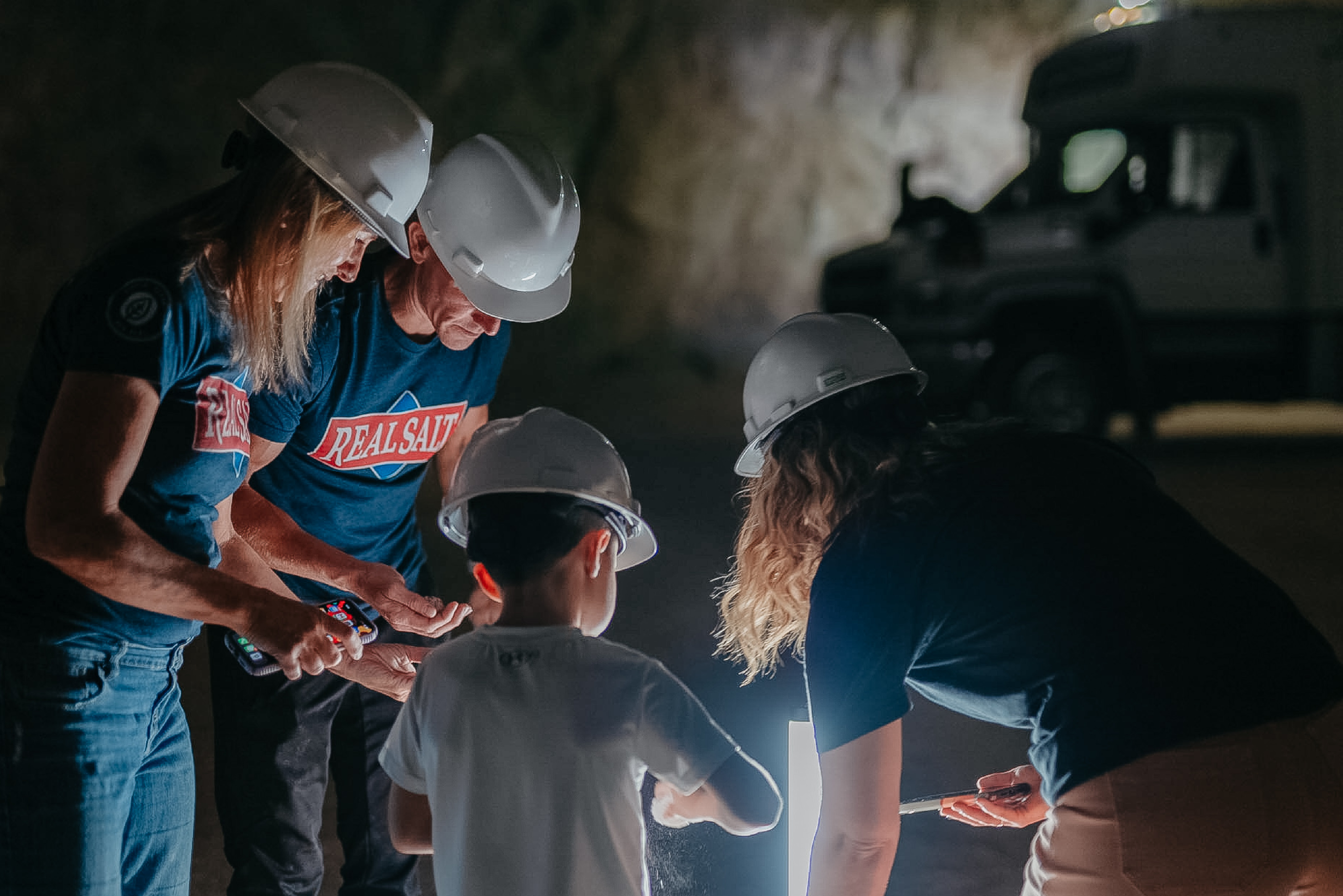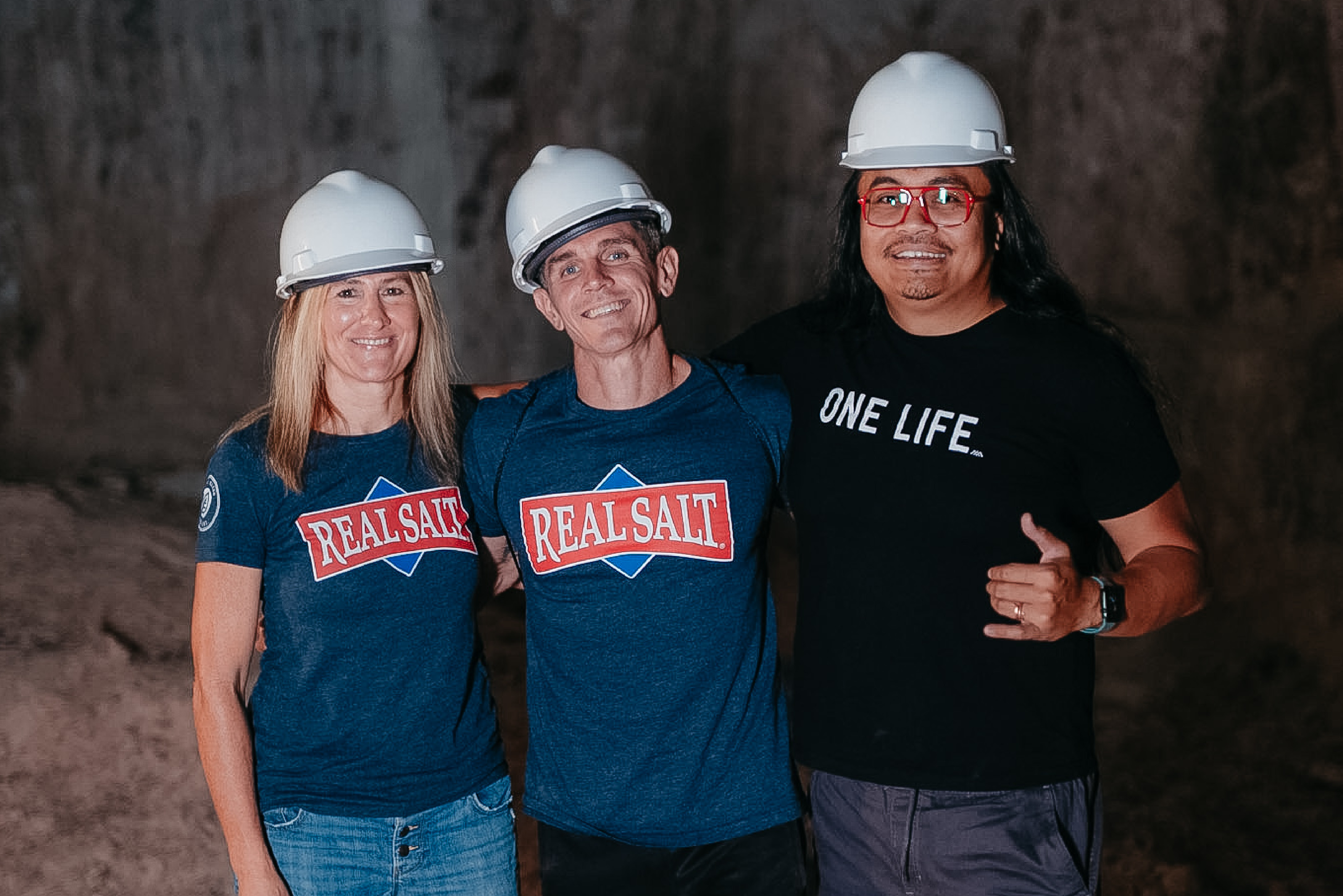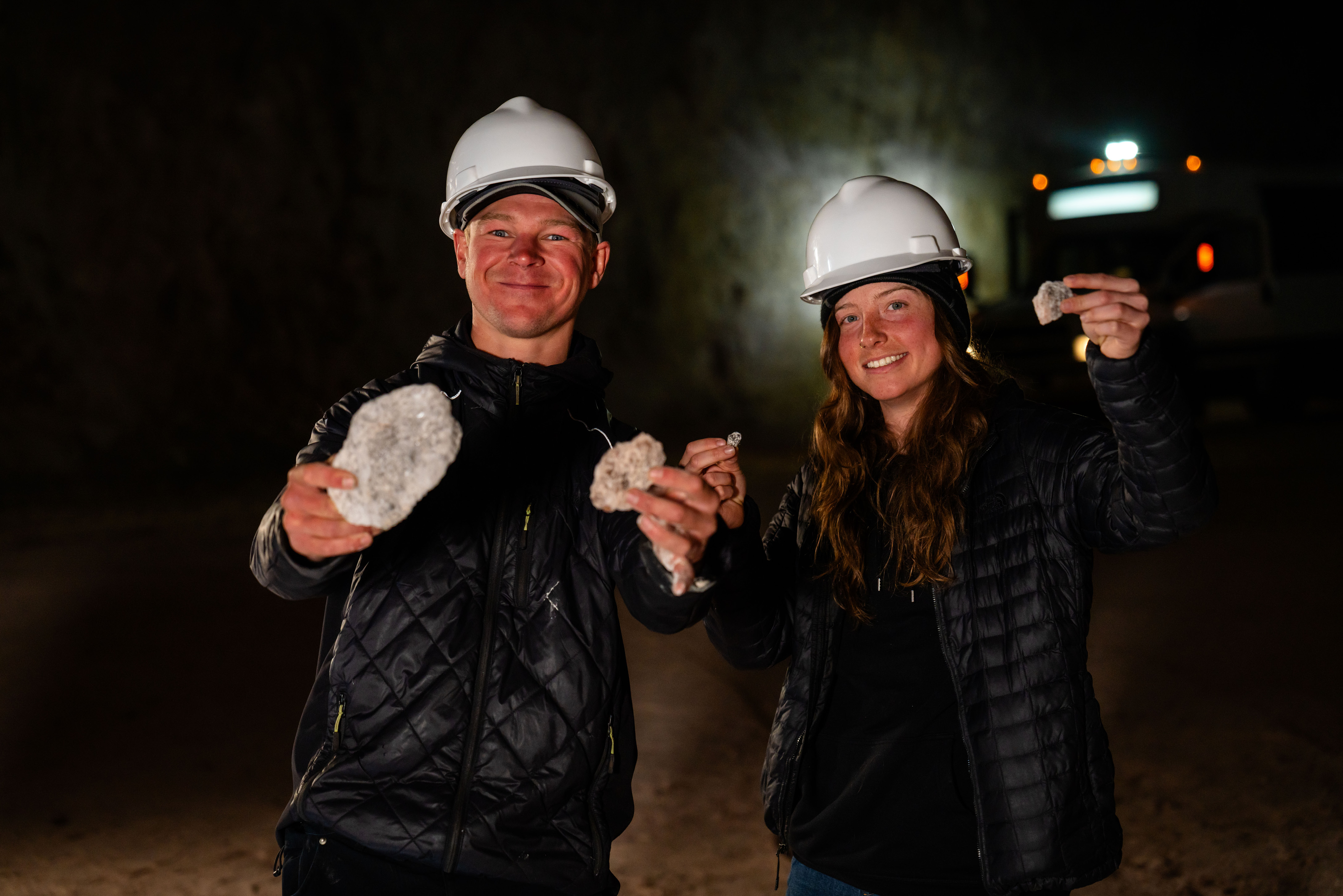Time to read: 2 minutes
Article at a glance:
- “Big rocks” are the essential, high-impact priorities that often get delayed but matter most.
- Inspired by Stephen Covey’s metaphor, the post illustrates why starting with big rocks makes room for everything else.
- These priorities are usually Q2 work — important but not urgent — like systems, relationships, and long-term projects.
- Teams are encouraged to define their big rocks together to align on what truly matters.
At Redmond, you’ll hear the phrase “big rocks” a lot. It’s shorthand for priorities that matter most. This work is often easy to delay, but makes the biggest difference when we actually do it.
Stephen Covey didn’t invent this concept, but he demonstrates it beautifully in this video we use in our 7 Habits seminars. (By the way, if you haven’t taken one of these, make sure to sign up!)
Covey asked a volunteer from the audience to add some rocks to a bucket that was already halfway full of aquarium gravel. But the catch was the rocks all had to fit. No going over the top of the bucket.
The volunteer added a few big rocks to the top of the gravel, but quickly ran out of room. She tried burrowing the bigger rocks into the gravel, she tried pounding them in with her palm, but the rocks just wouldn’t fit.
Then, Covey told her she could take a different approach and start from scratch with an empty bucket. She then added the big rocks first and poured the gravel over the top. When she did this, the gravel flowed between the big rocks so that both the rocks and the gravel fit in the bucket.
The idea? Prioritize what matters first, or it won’t happen.
So what counts as a “big rock”?

It varies by team. It’s worth having a discussion about what this looks like on YOUR team.
Big rocks might be:
- A high-leverage project we keep pushing down the list
- A key relationship that needs nurturing
- A team check-in or discovery session that creates clarity
Q2 work that improves our systems or supports our team’s journey
Big Rocks aren’t always urgent. But they are essential. Q1 work (the urgent, obvious stuff) tends to get done. Big rocks are more often Q2. Easy to skip, but powerful when prioritized.
What to do next:

Talk with your team about your big rocks.
Ask:
- “What do we mean by big rocks?”
- “What are our big rocks right now?”
- “Are we aligned on what matters most?”
Remember: Not everything can be a big rock. If everything is a priority, nothing is.
If you don’t agree on priorities and big rocks, practice Occhiolism and keep discussing. Work to understand why team members have different priorities. Talk to other teams to make sure you have context for your team’s work and that your priorities are aligned.
When you’ve identified your team’s Big Rocks, try writing them out on a big white board where everyone can see and stay aligned. Then talk about them regularly!
Because when we align on what matters most, the rest really does fit better.



